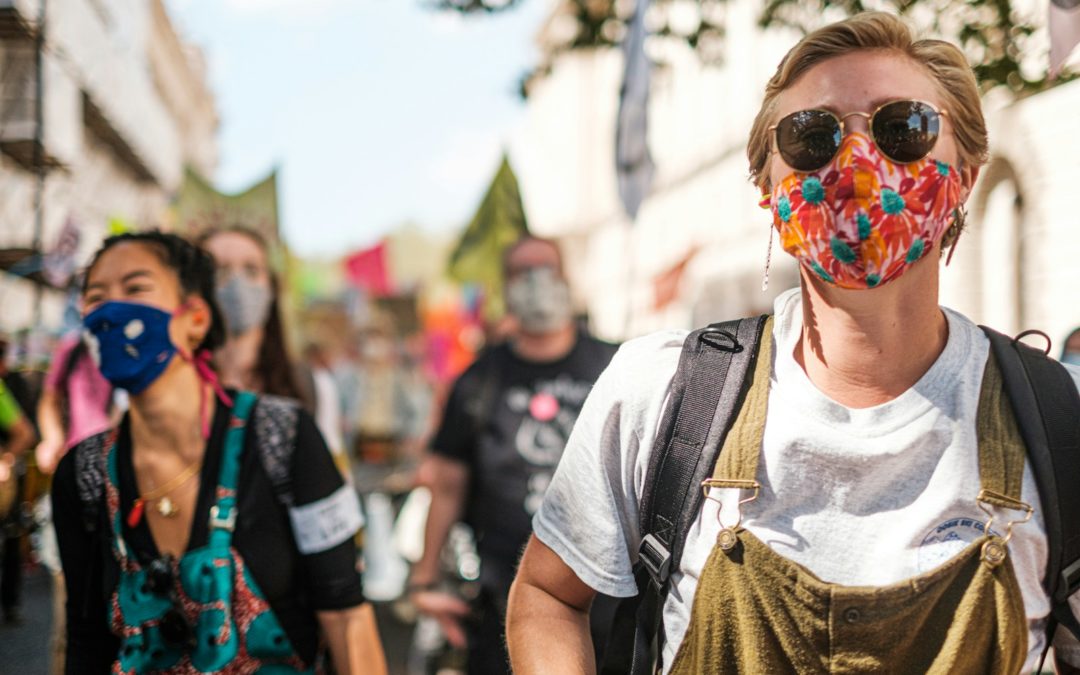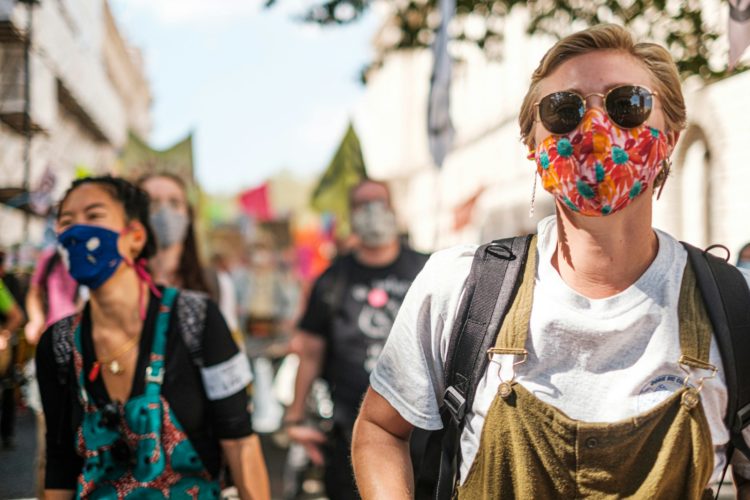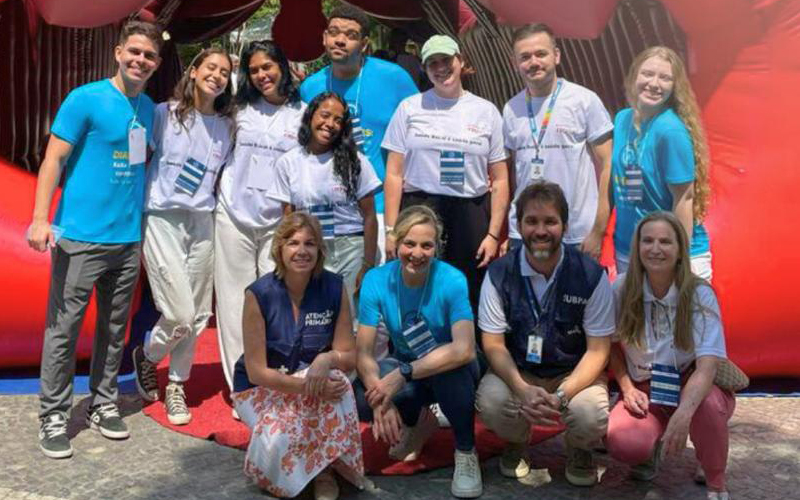Working On November 14th, the world came together to observe World Diabetes Prevention Day, a crucial initiative aimed at raising awareness about diabetes and promoting preventive measures. In a remarkable display of collaboration, a special social action took place at the metro exit at Praça Antero de Quental, Leblon, Rio de Janeiro, Brazil. This event, organized by Dr Sonia Groisman (University Stadual of Rio de Janeiro) with the support of the World Federation of Public Health Associations (WFPHA) Oral Health Working Group, brought together various institutions and professionals to address the multifaceted aspects of diabetes prevention.
Collaborative Efforts
The Federal University of Rio de Janeiro played a pivotal role, with the active participation of dental students, medical school endocrinologists specializing in diabetes, and experts from the School of Nurseries and Nutrition. Together with the Health Municipality of Rio de Janeiro, they provided essential services such as basic attention and vaccination, ensuring a comprehensive approach to public health.
Diabetes Screening and Risk Assessment
The Brazilian Society of Diabetes conducted glycosis tests and distributed a risk assessment form. This valuable information was then utilized by the basic attention group to direct patients toward appropriate orientations or treatments. The Brazilian Ophthalmology Society contributed by conducting fundus eye examinations, recognizing the importance of ocular health in diabetes management.
Empowering Through Information
The Regional Dentistry Council of Rio de Janeiro played a crucial role by printing banners and producing a thousand informative folders. These materials, created by dental students, featured a QR code that directed individuals to detailed information from the Brazilian Society of Diabetes. The initiative aimed to empower individuals with knowledge, emphasizing the integral connection between oral health and overall well-being.
Genetic Counseling and Awareness
The State University of Rio de Janeiro took the initiative to provide genetic counseling, further expanding the scope of diabetes prevention efforts. A standout feature of the event was a colossal mouth, measuring 6.5 meters long and 4.5 meters high. This visual representation featured aspects of both health and decayed teeth, serving as a powerful tool to educate the public on the importance of oral health for overall health.
A Unified Message
The T-shirts worn during the event bore a poignant message: “Oral Health is General Health” on the front and the slogan of the Diabetes Prevention Campaign on the back, stating, “Diabetes: Know your risk and live health.” This unified message echoed the essence of the event, emphasizing the interconnectedness of various aspects of health and the importance of proactive measures in diabetes prevention.
Strategic Partnerships and International Support
The event received support from the Global Child Dental Fund, the Alliance for Oral Health Across Borders and Colgate Brasil, underscoring the global significance of collaborative efforts in diabetes prevention.
Conclusion
The World Prevention Day of Diabetes in Rio de Janeiro stands as a shining example of what can be achieved through collaboration and a shared commitment to public health. By addressing various facets of diabetes prevention, from screenings to education and awareness, the event has undoubtedly left a lasting impact on the community. As we reflect on this initiative, we are reminded that a united front against diabetes is not only possible but essential for building a healthier future for all.










Recent Comments